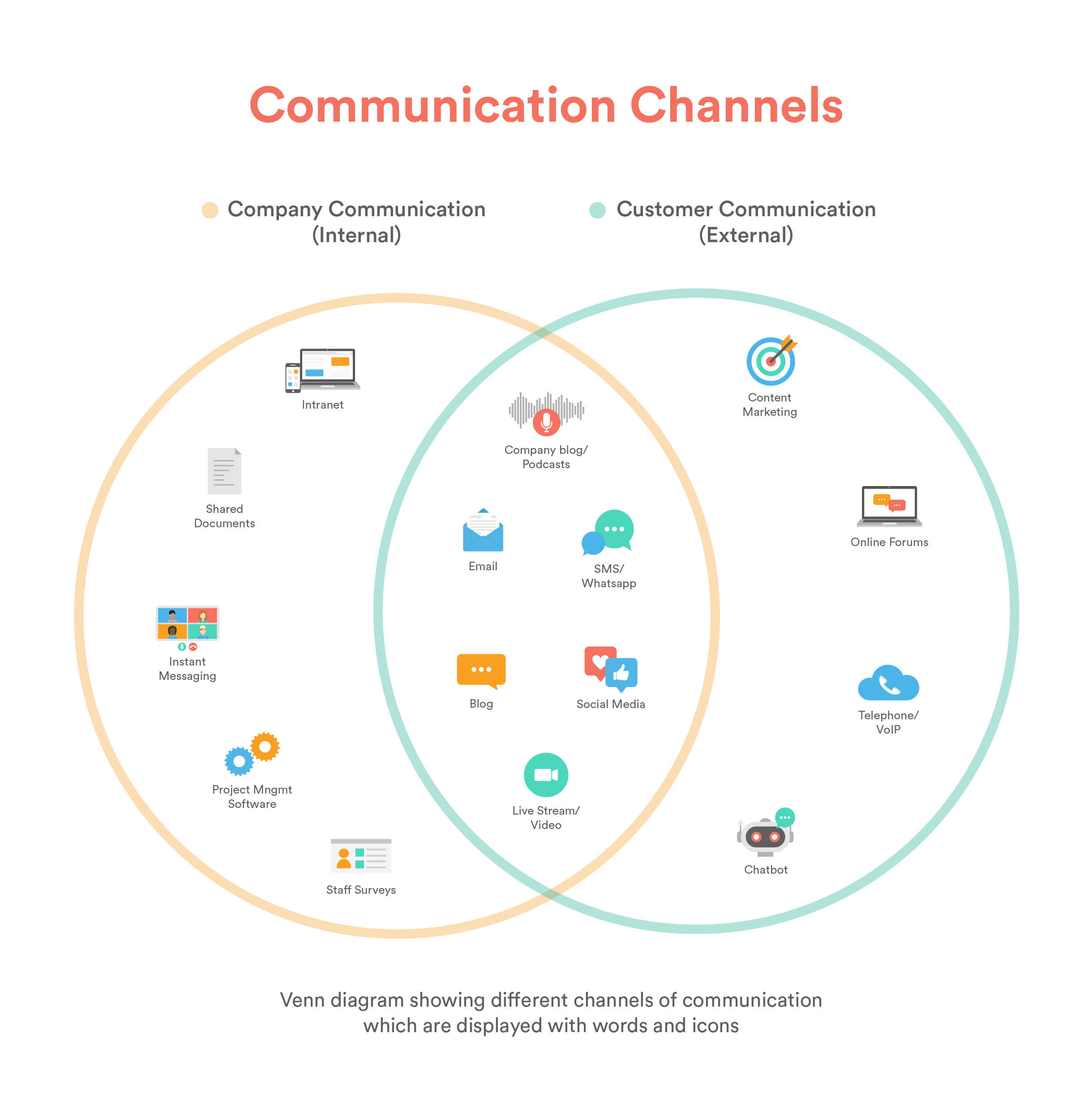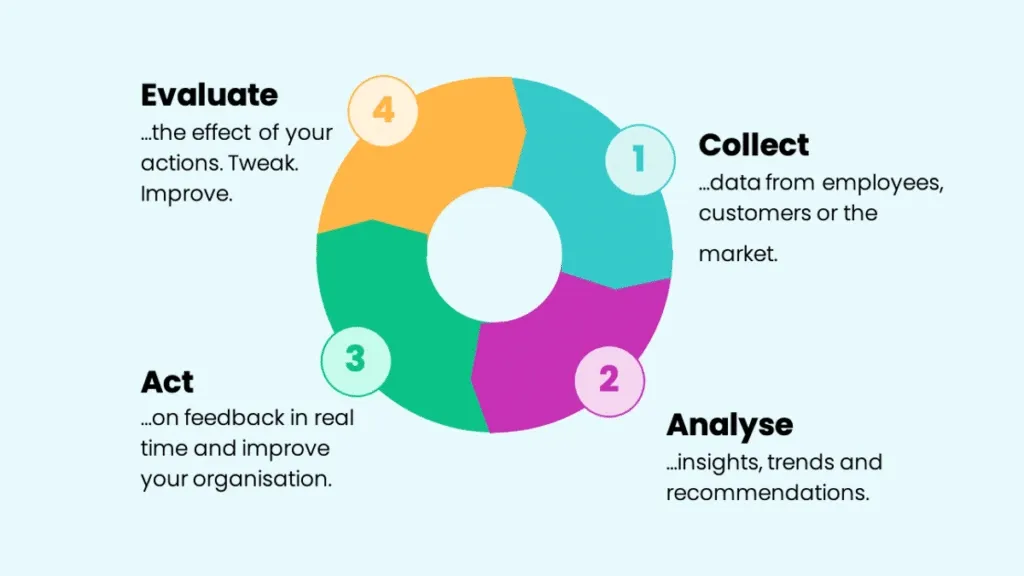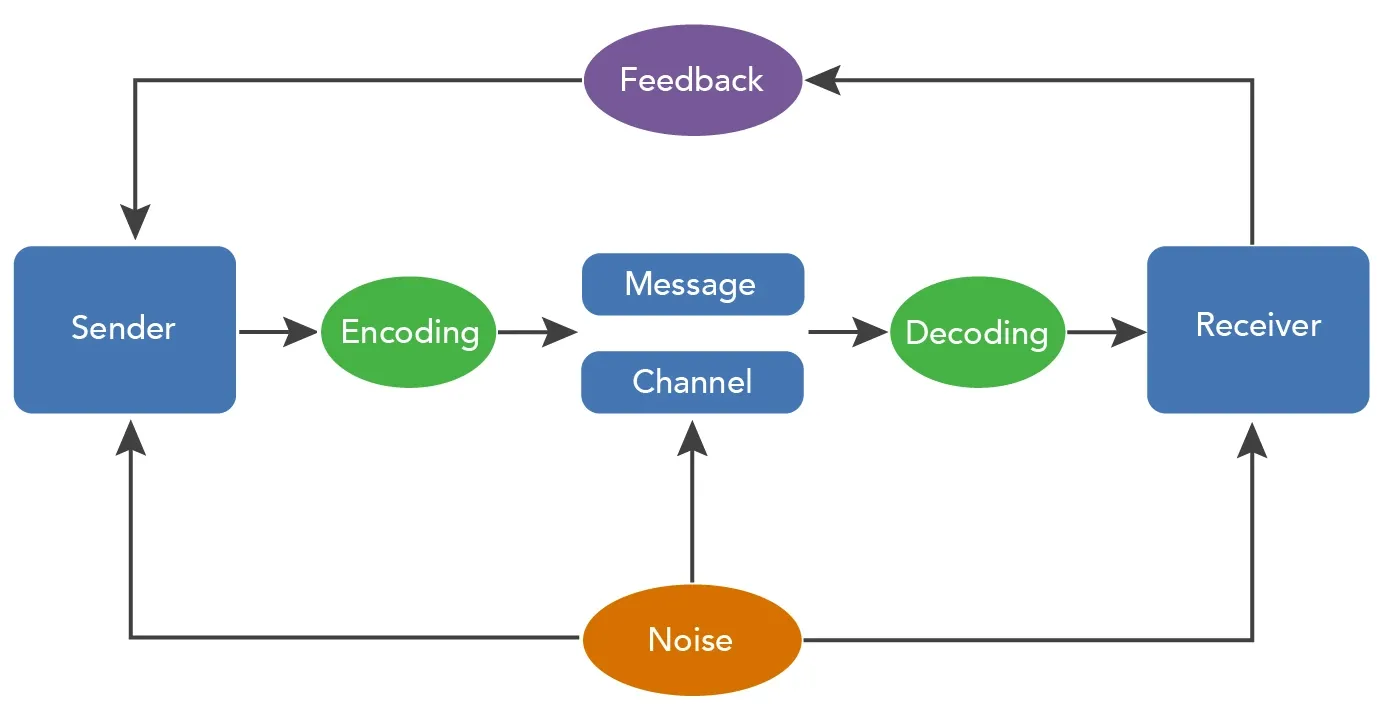What are Communication Channels?
Communication channels are the various means through which people exchange information, ideas, and opinions.
They play a crucial role in connecting individuals, businesses, and organizations, enabling them to share knowledge, collaborate, and build relationships
For example, imagine a local bakery that wants to promote its new line of pastries. The owner might use communication channels, such as discussing the new products with customers in person or over the phone.
Additionally, they could use mass communication channels like posting on social media, sending out email newsletters, or placing an advertisement in the local newspaper.
Why are Communication Channels Important?
There are various reason to consider Communication Channels, here are few:

Information Dissemination
Communication channels are essential for disseminating information to a wide range of audiences.
They enable individuals, businesses, and organizations to share updates, news, and important announcements, ensuring that the intended recipients stay informed and up-to-date.
Relationship Building
Effective communication is the foundation of strong relationships, both personal and professional.
By utilizing various communication channels, people can connect with others, exchange ideas, and foster trust and understanding, leading to more productive and harmonious interactions.
Decision Making
Access to accurate and timely information is crucial for informed decision-making.
Communication channels facilitate the flow of information between different parties, allowing them to make better choices based on the available data and insights.
Collaboration and Teamwork
Communication channels play a vital role in promoting collaboration and teamwork within organizations.
They enable team members to share knowledge, coordinate tasks, and work together towards common goals, resulting in increased efficiency and productivity.
Feedback and Improvement

Effective communication channels allow for the exchange of feedback, opinions, and suggestions, providing valuable insights for improvement.
This feedback loop helps individuals and organizations identify areas of weakness, make necessary adjustments, and continuously enhance their performance and offerings.
Types of Communication Channels
There are different types of communication channels:
Face-to-Face Communication
In-person conversations provide immediate feedback, non-verbal cues, and the opportunity to build rapport, making them ideal for complex or sensitive topics.
Telephone Calls
Phone calls offer real-time, verbal communication, allowing for quick decision-making and personal connections, without the need for physical presence.
Email Communication
Emails are useful for sharing detailed information, documents, and updates with individuals or groups, allowing for asynchronous and organized communication.
Video Conferencing
Video calls enable remote teams to communicate visually and verbally, simulating face-to-face interactions, and fostering collaboration and connection.
Instant Messaging
Instant messaging platforms, like Slack or WhatsApp, facilitate quick, informal communication and collaboration among team members, without cluttering email inboxes.
For business organizations, this method of communication is especially beneficial when integrated with other tools like chatbots or CRMs to streamline operations.
For example, Integrating WhatsApp with CRM tools like Kommo enhances instant messaging by streamlining customer interactions directly within the platform.
This allows teams to manage customer conversations in real time, automate responses, and easily track customer data, making communication more efficient and effective.
Social Media
Social media platforms, such as Facebook, Twitter, and LinkedIn, allow businesses to engage with customers, share updates, and promote their products and services.
Print Media
Traditional print media, like newspapers, magazines, and brochures, help reach specific audiences, convey information, and create lasting impressions through tangible materials.
Broadcast Media
Broadcast media, including radio and television, offer wide-reaching communication channels for advertising, public relations, and sharing information with large audiences.
Elements of Communication Channels

Communication Channels consists of different elements
- Sender: The sender is the person or entity who initiates the communication process. They're the ones crafting a message and choosing the best channel to send it through.
- Receiver: The receiver is the person or entity on the other end of the communication channel. They're responsible for interpreting the message sent by the sender.
- Message: The message is the information, idea, or feeling being communicated. It's the star of the show, the reason we're all here!
- Medium: The medium is the specific communication channel used to send the message. It's like the vehicle that carries the message from the sender to the receiver.
- Feedback: Feedback is the response or reaction from the receiver to the message. It helps the sender know if their message was understood or if they need to rephrase or elaborate.
Factors Affecting Effective Communication Channels

Different Factors Affecting Effective Communication Channels:
- Noise and Interference: Noise, whether literal or metaphorical, can cause interference in the communication process. It can be anything from a loud construction site to a misinterpreted emoji.
- Context: Context is the environment or situation in which communication takes place. It can influence the message's meaning and the choice of communication channel.
- Channel Capacity: This refers to the amount of information a communication channel can handle at a given time.
Like a traffic jam on a busy highway, too much information can cause delays and miscommunication.
- Channel Richness: Channel richness is the ability of a communication channel to convey multiple cues, such as tone, emotion, and non-verbal signals.
Some channels are richer than others, making them more suited for complex messages.
How to Select the Right Communication Channel?
Things to consider before choosing a right communication channel
Assess the Message Complexity
Consider the complexity of your message when choosing a communication channel.
For simple messages, text or email may suffice, while complex or nuanced messages may require face-to-face or video conversations.
Determine the Audience
Identify the target audience and their communication preferences.
Some audiences may prefer traditional channels like phone calls, while others might respond better to digital channels like social media or instant messaging.
Consider Urgency and Timeliness
Select a channel that aligns with the urgency and time-sensitivity of your message. For immediate responses, choose real-time channels like phone calls or instant messaging.
For non-urgent matters, email or written communication may be appropriate.
Suggested Reading:
Communication Model: Process, Importance & Types of Models
Evaluate Confidentiality and Security
Ensure that the chosen communication channel provides the necessary level of confidentiality and security for sensitive information.
Secure channels like encrypted messaging or private conversations may be needed for confidential matters.
Analyze Feedback and Adapt
Monitor the effectiveness of your chosen communication channels by gathering feedback from your audience.
Adapt your channel selection and strategies based on performance metrics and user preferences to optimize communication effectiveness.
Applications of Communication Channels
Different Communication Channels
- Boosting Team Collaboration: Effective communication channels help teams work together, share ideas, and make decisions, creating a more collaborative and productive work environment.
- Enhancing Customer Support: By offering multiple communication channels, such as phone, email, chatbots, and social media, businesses can provide quick, personalized, and efficient customer support, improving customer satisfaction.
- Expanding Marketing Reach: Using various communication channels, like social media, email, print, and broadcast media, businesses can connect with diverse target audiences, increase brand awareness, and showcase their products and services.
- Navigating Crisis Situations: Employing strategic communication channels, including press releases, social media, and interviews, helps organizations manage crises, protect their reputation, and maintain clear communication with stakeholders during challenging times.
- Empowering Remote Work: Digital communication channels, such as video conferencing, instant messaging, and project management tools, support remote work by allowing team members to collaborate, share information, and stay connected, no matter where they are.
Frequently Asked Questions (FAQs)
What are Communication Channels and its main types?
A communication channel is the pathway through which information travels from a sender to a receiver.
This can be anything from face-to-face conversation to emails, social media posts, or even body language
Main types include verbal, written, and visual channels, covering face-to-face, phone, email, social media, and video communications.
How do I choose the right communication channel?
Consider factors like urgency, audience, message complexity, and confidentiality when selecting the appropriate channel.
Can businesses use multiple communication channels?
Yes, using multiple channels helps reach diverse audiences, improve engagement, and cater to different communication preferences.
What is omnichannel communication?
Omnichannel communication integrates various channels to provide a seamless, consistent, and unified customer experience.
How can businesses optimize their communication channels?
Monitor performance, gather feedback, and continuously refine strategies to ensure effective, efficient, and customer-centric communication.

.webp)
